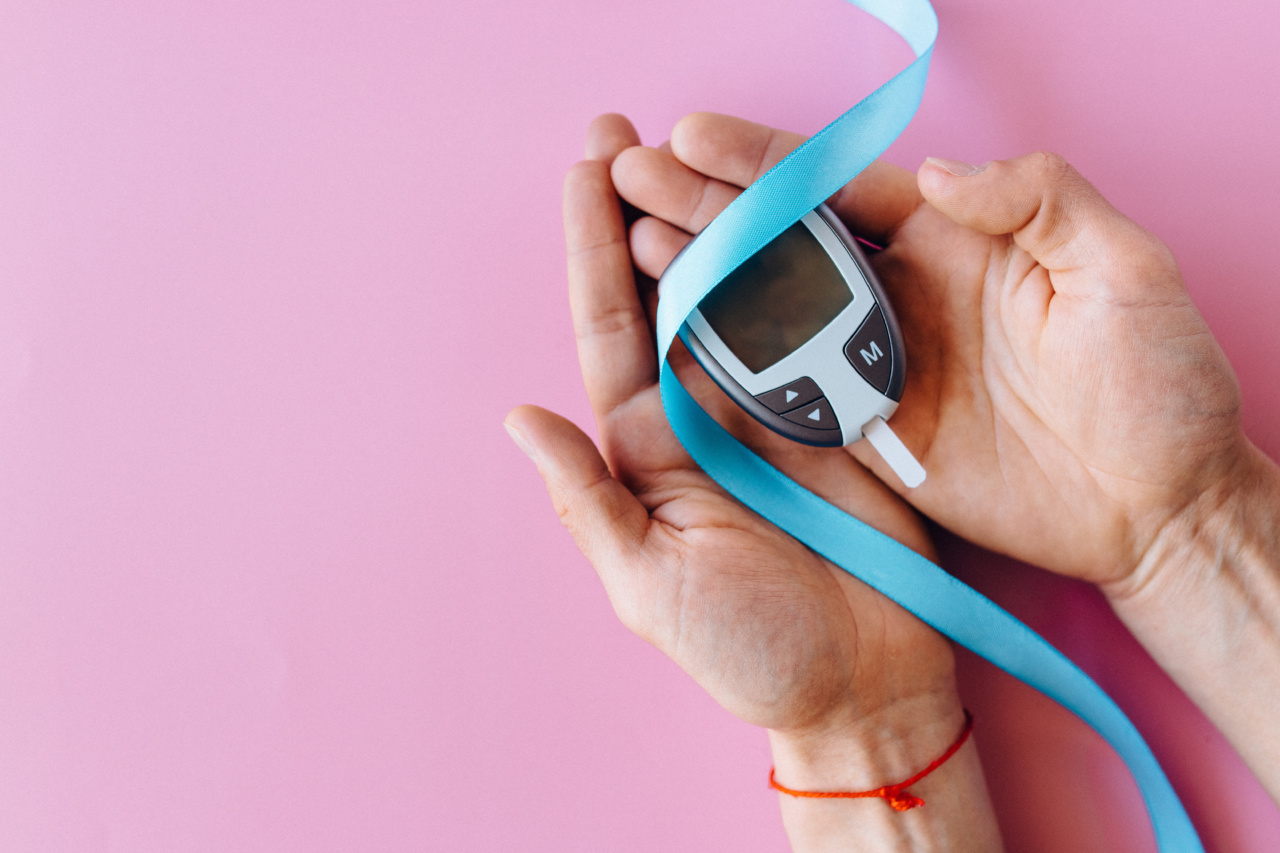Diabetic ulcers are a common complication for people living with diabetes. These ulcers can be slow to heal and often lead to serious complications, such as infections and even amputations.
However, with the advancement of cutting-edge technologies, there is hope for faster and more effective healing of diabetic ulcers.
1. Hyperbaric Oxygen Therapy (HBOT)
Hyperbaric Oxygen Therapy (HBOT) is a treatment that involves breathing 100% oxygen in a pressurized chamber. This therapy helps increase the amount of oxygen in the blood, which promotes the growth of new blood vessels and accelerates wound healing.
HBOT has shown promising results in the healing of diabetic ulcers, with studies reporting significant improvements in wound size reduction and healing time.
2. Topical Oxygen Therapy
Topical oxygen therapy involves applying a high concentration of oxygen directly to the wound. This approach delivers oxygen directly to the site of the ulcer, promoting faster healing and reducing the risk of infection.
Researchers have found that topical oxygen therapy can significantly improve wound healing and reduce healing time in diabetic ulcers.
3. Growth Factors
Growth factors are naturally occurring substances that stimulate the growth and repair of tissues. They play a crucial role in wound healing by promoting cell division, angiogenesis (formation of new blood vessels), and collagen production.
Using growth factors in diabetic ulcer treatment has shown promising results in multiple studies, with accelerated wound healing and improved healing rates.
4. Stem Cell Therapy
Stem cell therapy involves using stem cells, which have the ability to transform into various types of cells, to promote tissue regeneration.
Studies have shown that stem cell therapy can enhance wound healing in diabetic ulcers by stimulating angiogenesis, reducing inflammation, and promoting tissue repair. This cutting-edge technology holds great promise for the future of diabetic ulcer treatment.
5. Negative Pressure Wound Therapy (NPWT)
Negative Pressure Wound Therapy (NPWT) is a treatment that applies controlled negative pressure to the wound bed using a suction device. This therapy helps remove excess fluid and bacteria from the wound, creating an optimal environment for healing.
NPWT has been found to be effective in promoting wound healing and reducing healing time in diabetic ulcers.
6. Advanced Dressings
Advanced dressings are specifically designed to create an optimal healing environment for diabetic ulcers. These dressings can help maintain a moist wound environment, protect the wound from infection, and promote healing.
Some advanced dressings also contain bioactive substances, such as silver or honey, which have antimicrobial properties and can further enhance wound healing.
7. Electrical Stimulation
Electrical stimulation therapy involves applying a low-level electrical current to the wound site. This therapy helps promote cell migration, angiogenesis, and tissue regeneration, which are crucial for wound healing.
Several studies have shown the beneficial effects of electrical stimulation in diabetic ulcers, with improved healing rates and reduced healing time.
8. Ultrasonic Therapy
Ultrasonic therapy uses high-frequency sound waves to stimulate the healing process in diabetic ulcers. The waves create vibrations that can enhance cell activity, increase blood flow, and promote tissue regeneration.
Ultrasonic therapy has shown promising results in clinical trials, with improved wound healing and reduced healing time.
9. Bioengineered Skin Substitutes
Bioengineered skin substitutes are artificial materials designed to mimic the structure and function of natural skin. These substitutes can be used to cover diabetic ulcers and promote wound healing.
They provide a scaffold for cell attachment and growth, promote angiogenesis, and protect the wound from infection. Bioengineered skin substitutes have been proven effective in improving healing outcomes for diabetic ulcers.
10. Nanotechnology
Nanotechnology involves manipulating materials at the nanoscale to create structures and devices with unique properties.
In the field of diabetic ulcer treatment, nanotechnology has shown promise in enhancing wound healing through the development of advanced dressings and drug delivery systems. Nanoparticles can be used to deliver therapeutic agents directly to the wound site, promoting faster healing and reducing the risk of infection.
Conclusion
The advancement of cutting-edge technologies offers new hope for people living with diabetic ulcers.
From hyperbaric oxygen therapy to nanotechnology, these innovative approaches have shown great potential in accelerating wound healing and reducing healing time. As research continues to evolve, we can expect even more effective and efficient treatments to emerge, improving the lives of individuals living with diabetic ulcers.































